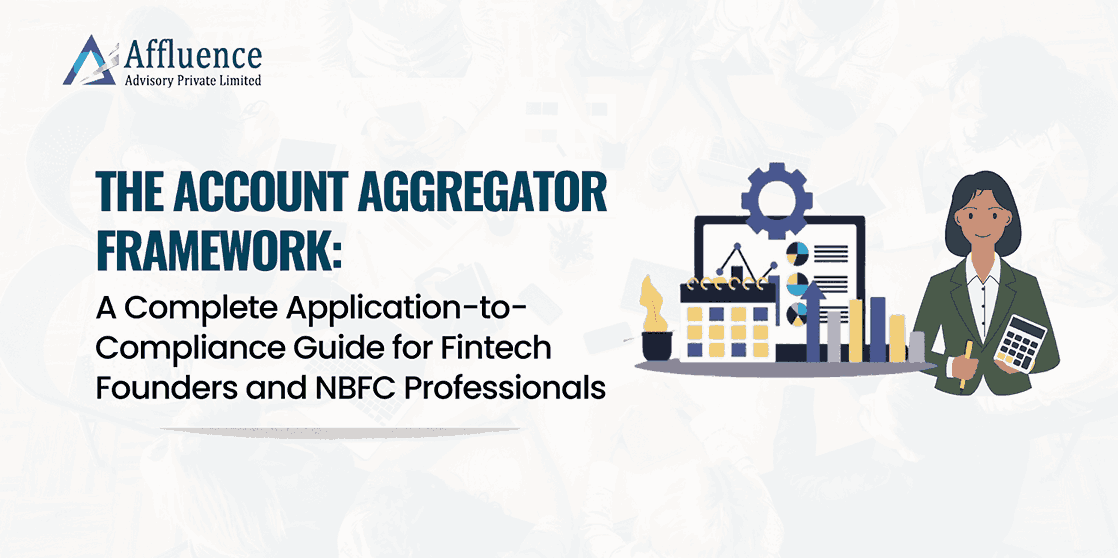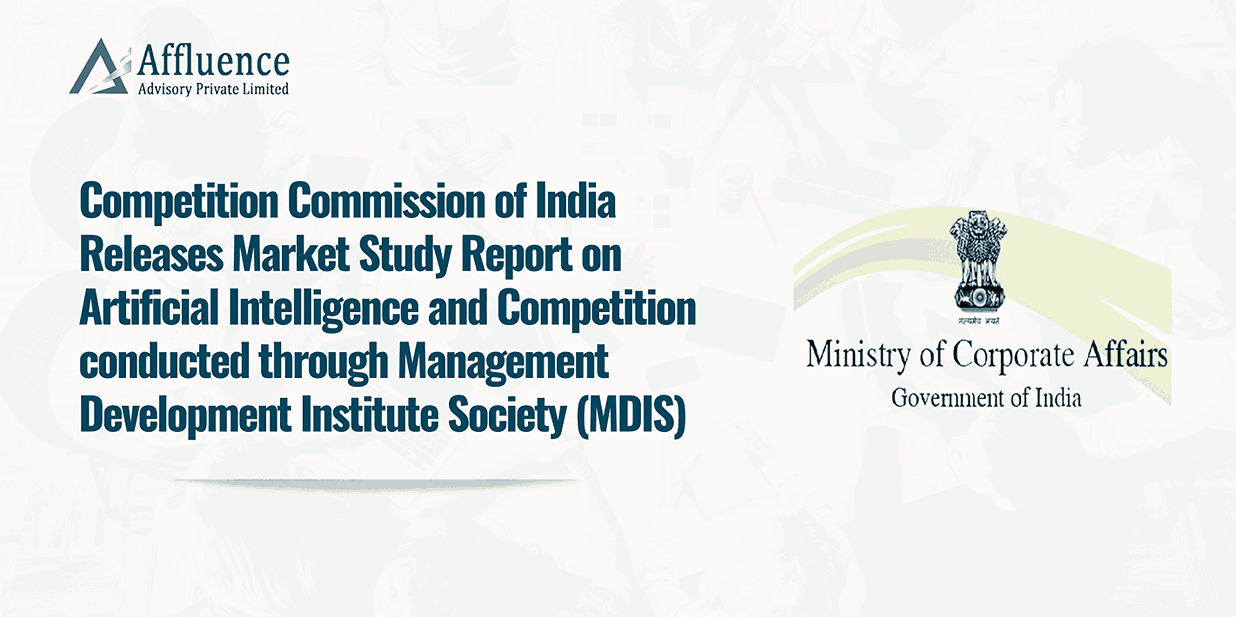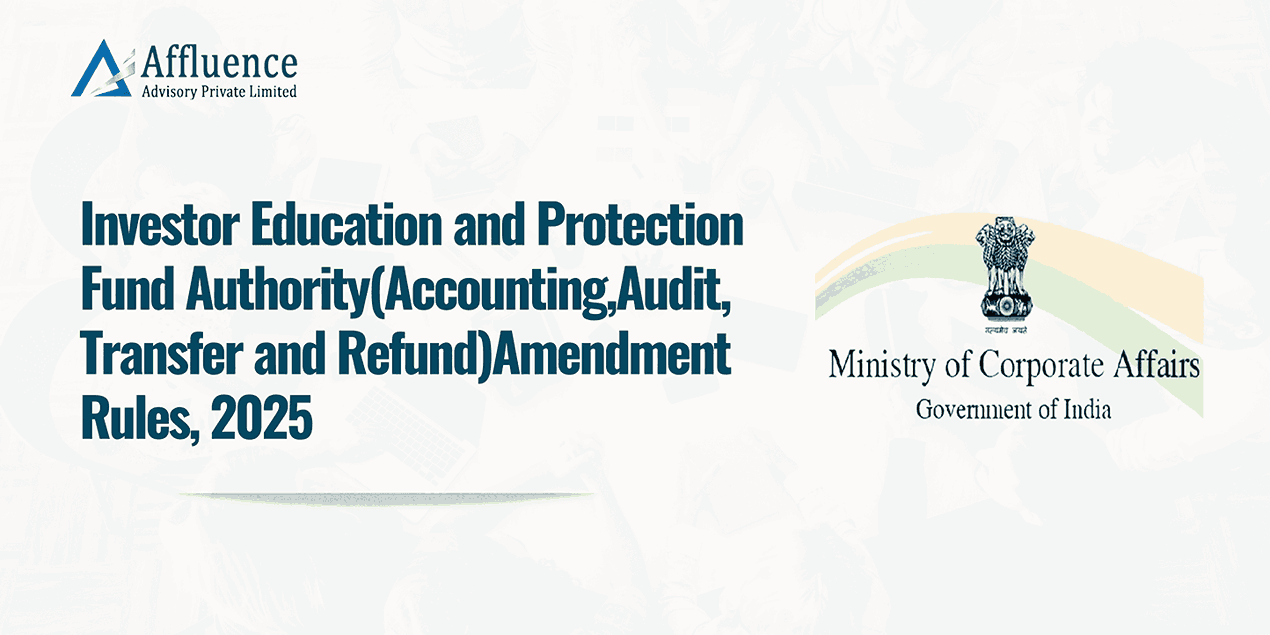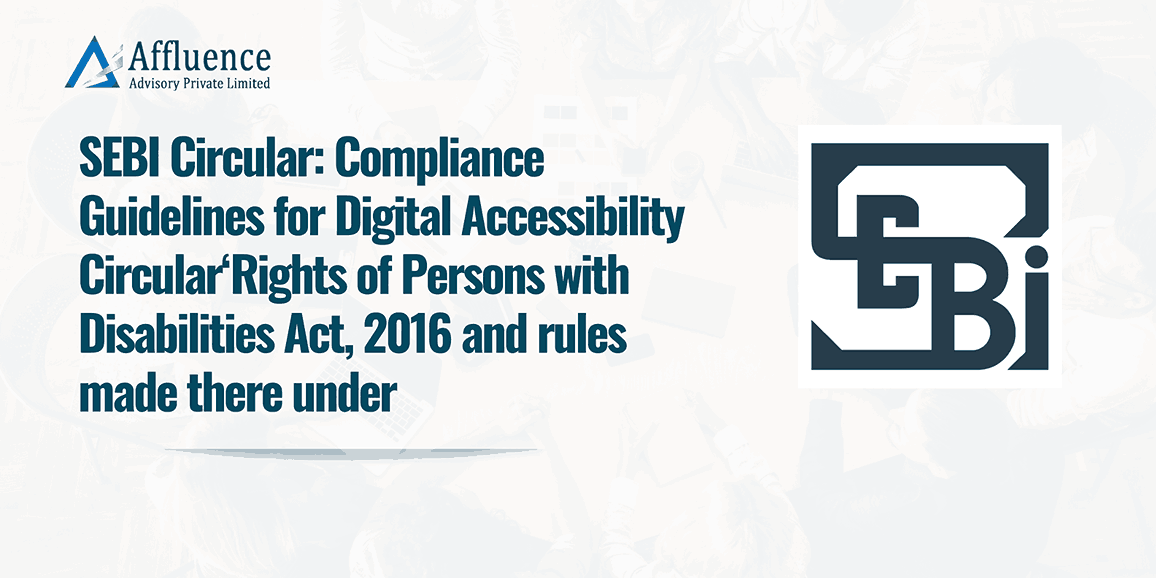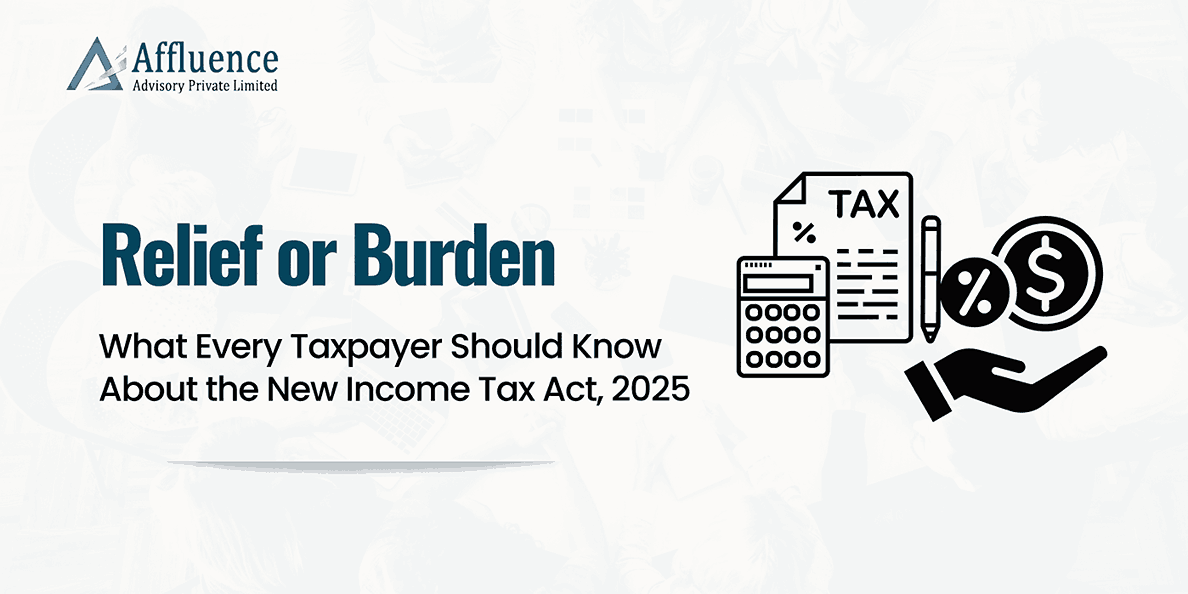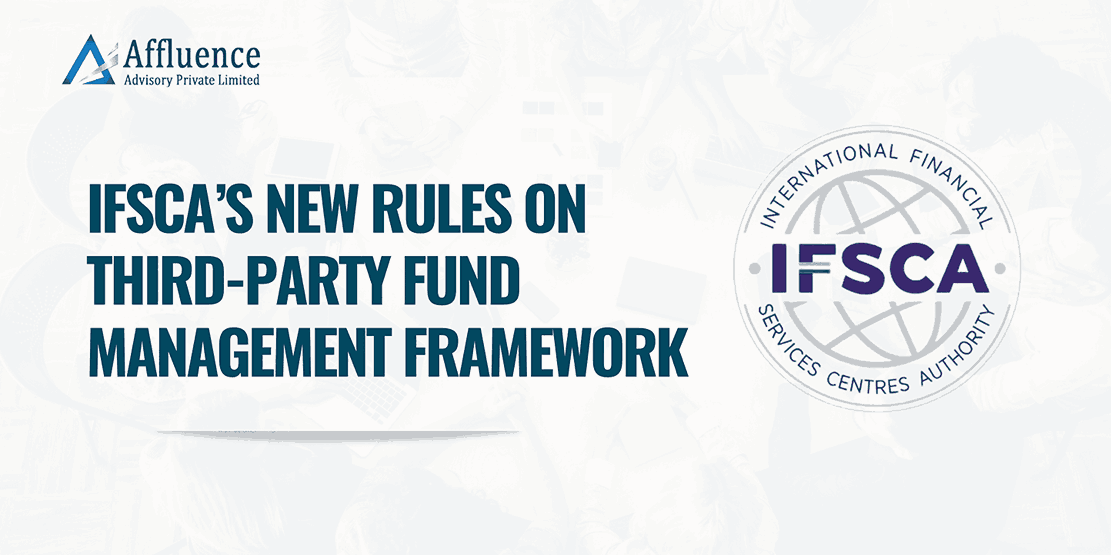The emergence of Financial Technology providers (fintechs) has revolutionized the way in which financial services are delivered. Fintech firms have leveraged technology to enhance efficiency, convenience, and accessibility. They have been at the forefront of driving innovation in the Indian financial sector.
A key area where fintechs have excelled is credit delivery, revolutionizing the customer onboarding and credit disbursement processes with tech-enabled, mobile-friendly platforms that eliminate the need for physical interactions.
Traditionally, banks and Non-Banking Financial Companies (NBFCs) assess loan applications based on parameters such as credit scores, income, monthly repayments, and job profiles. Fintech lending, on the other hand, relies on digitally verifiable cash flow-oriented and non-traditional data sources to evaluate creditworthiness. Factors like social media footprints, utility bill payments, and GST payments serve as valuable data points for fintechs in making credit decisions.
Initially, fintechs provided their credit scoring models to banks, enabling them to extend credit to remote locations and to those without credit histories. While this expanded the reach of banks and NBFCs, fintechs felt the need for additional revenue – generating products. Banks and NBFCs possessed the capital and lending licenses, while fintechs had the technology and customer base. However, banks were hesitant to offer loans to this set of clients and they considered it high risk due to inadequate financial information and limited credit history.
To address this challenge, banks and fintechs developed the First Loss Default Guarantee (FLDG) model. Under this arrangement, the fintech (loan service provider) guarantees to compensate the bank or NBFC (regulated entity) for a certain percentage of defaults in the loan portfolio originated by the fintech.
When the FLDG scheme was introduced, concerns arose regarding the guarantees offered by fintechs to banks. Some fintechs offered guarantees of up to 80% or even 100%, raising worries for the Reserve Bank of India (RBI) as they lacked regulatory oversight and access to critical financial information like debt and solvency ratios. The risk was that if fintechs failed to honor the guarantees, banks would be burdened with significant Non-Performing Assets (NPAs). Consequently, in August 2022, the RBI imposed a ban on the FLDG model, considering it a form of synthetic securitization. The RBI permitted FLDG only between two regulated entities .i.e. banks and NBFCs.
Following representations from stakeholders, the RBI recently introduced new norms for the FLDG model, incorporating a framework with stricter restrictions on partnerships between banks and fintechs. The RBI now permits FLDG arrangements between two regulated entities (banks with NBFCs) or between a regulated entity and a loan service provider (fintech). The key highlights of the policy include:
•Lenders must ensure that the total loss guarantee does not exceed 5% of the loan portfolio
•Lenders must invoke the guarantee within 120 days of loan default
•The guarantee must be in the form of a bank guarantee or a cash deposit with a lien on a fixed deposit
•Irrespective of the FLDG, the lender must follow RBI norms for NPA recognition and provisioning
•Fintech loan service providers must disclose on their website the total number of portfolios and the FLDG offered for each
•Lenders must have a board-approved policy in place before entering any FLDG arrangements.
These FLDG guidelines have brought much needed clarity to the entire ecosystem The main benefits are
•Since FLDG norms have got the approval of the regulator, more capital will flow into the fintech industry. This will reduce the cost of funds for the fintech which in turn will reduce the cost for the borrowers.
•The decision to limit the FLDG to 5% will ensure that the companies build healthy portfolios and provide funding to the right set of consumers. This will promote responsible lending practices and encourage fintechs to maintain balanced portfolios.
•Moreover, the guidelines ensure that the provisioning and NPA recognition norms remain the responsibility of the lending institution. This will contribute to strengthening the health of the lending institutions.
A recent report from Boston Consulting Group says that revenues from the Fintech sector will grow six-fold by 2030. The FLDG guidelines provide the fintechs with a great opportunity to innovate and come up with new financial products. The norms are well structured with details on eligibility, due diligence, disclosure requirements and customer protection measures removing any ambiguity which was previously there.
With the above norms, fintechs can invest in infrastructure needed to boost financial inclusion and bring the small and micro industries segment under the ambit of financial services.
Disclaimer: This article provides general information existing at the time of preparation and we take no responsibility to update it with the subsequent changes in the law. The article is intended as a news update and Affluence Advisory neither assumes nor accepts any responsibility for any loss arising to any person acting or refraining from acting as a result of any material contained in this article. It is recommended that professional advice be taken based on specific facts and circumstances. This article does not substitute the need to refer to the original pronouncement



